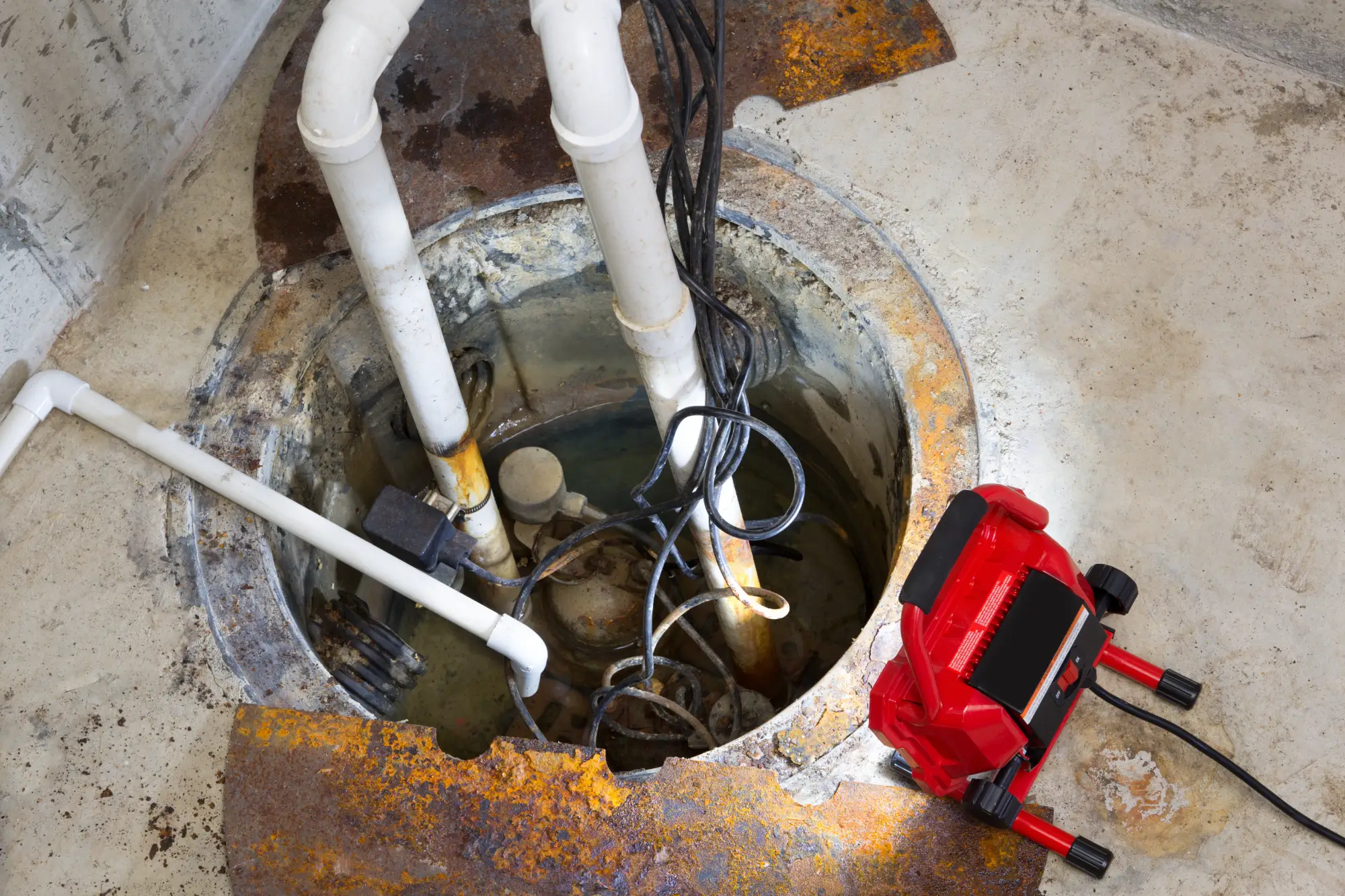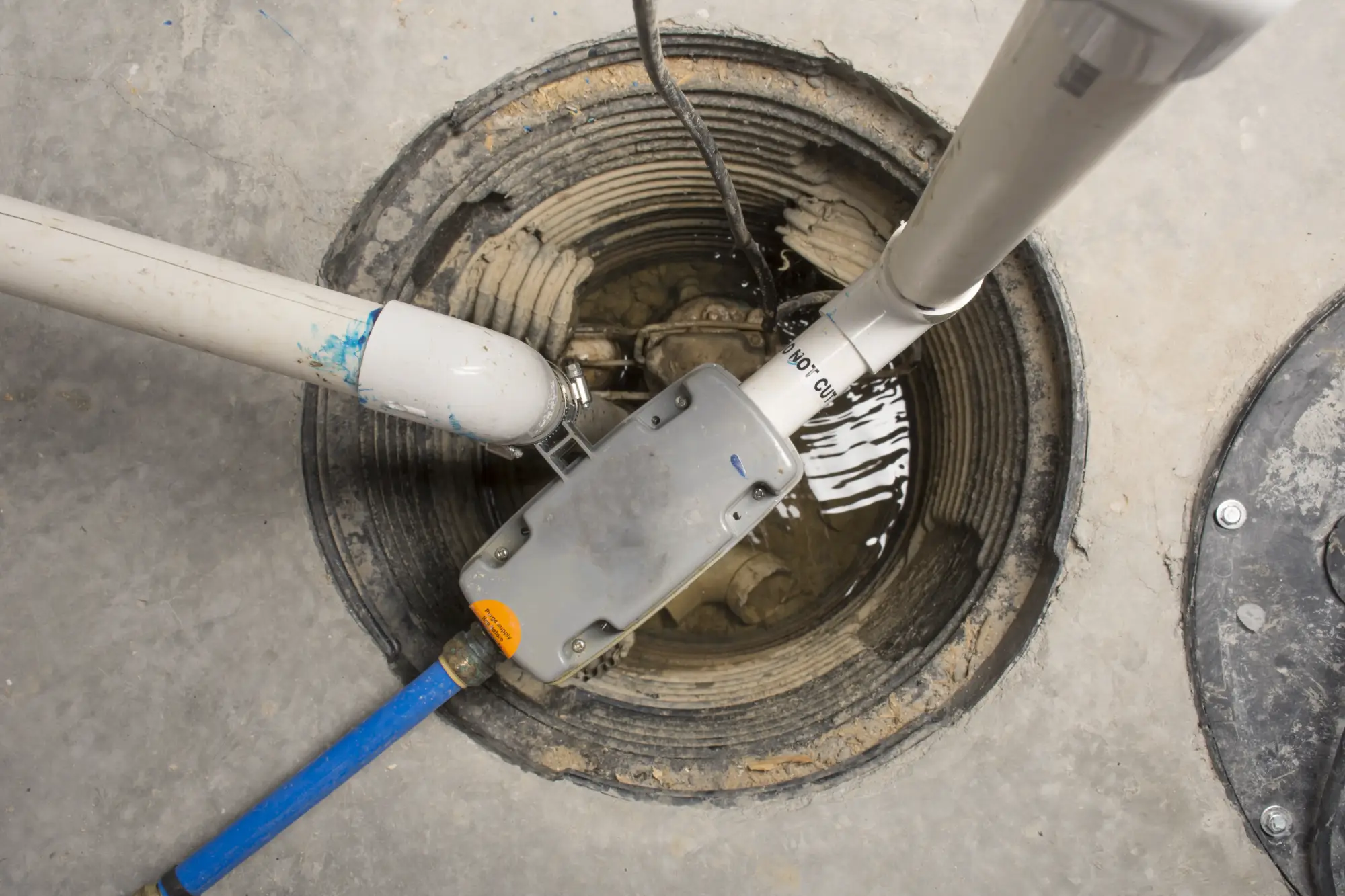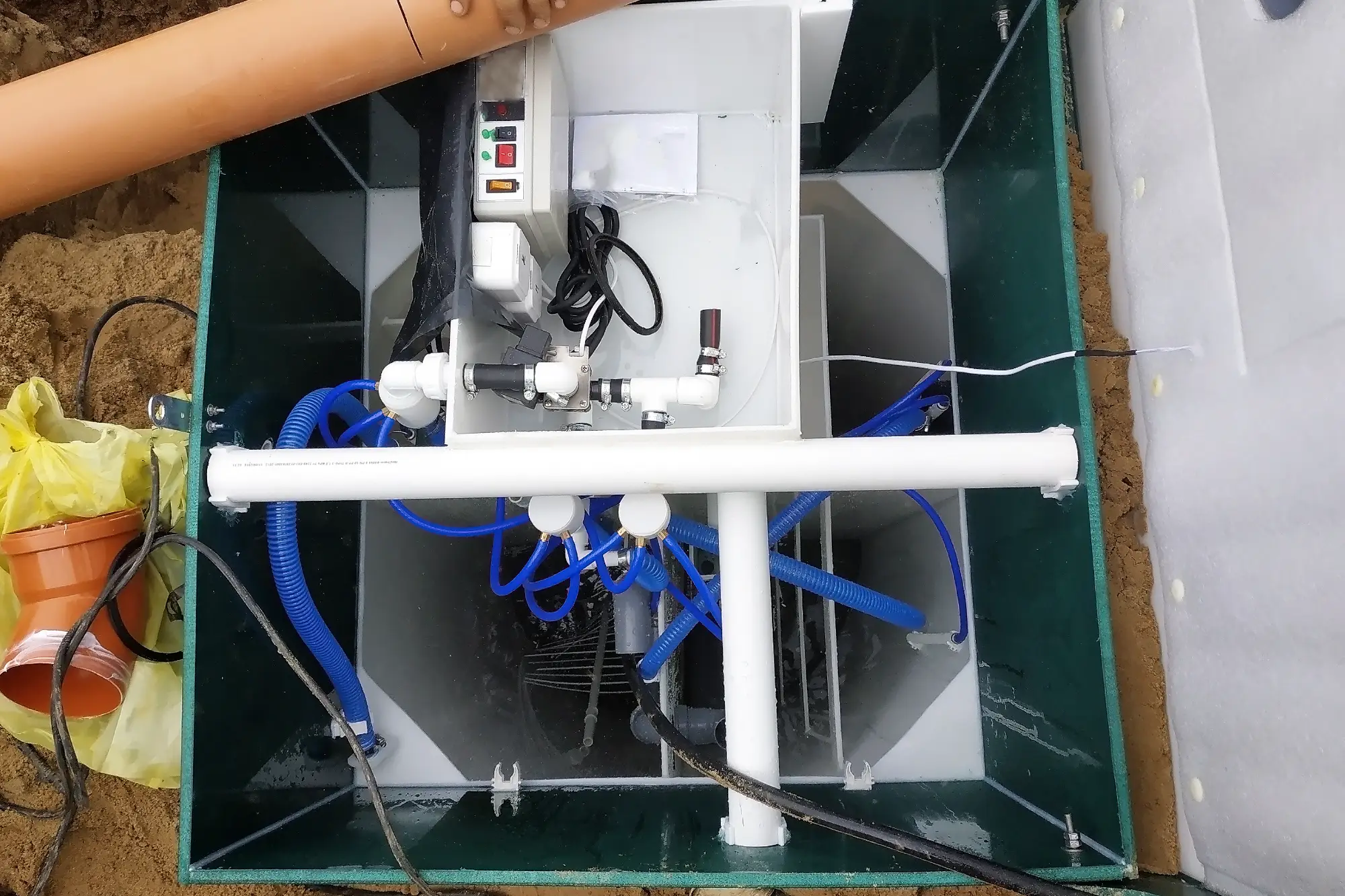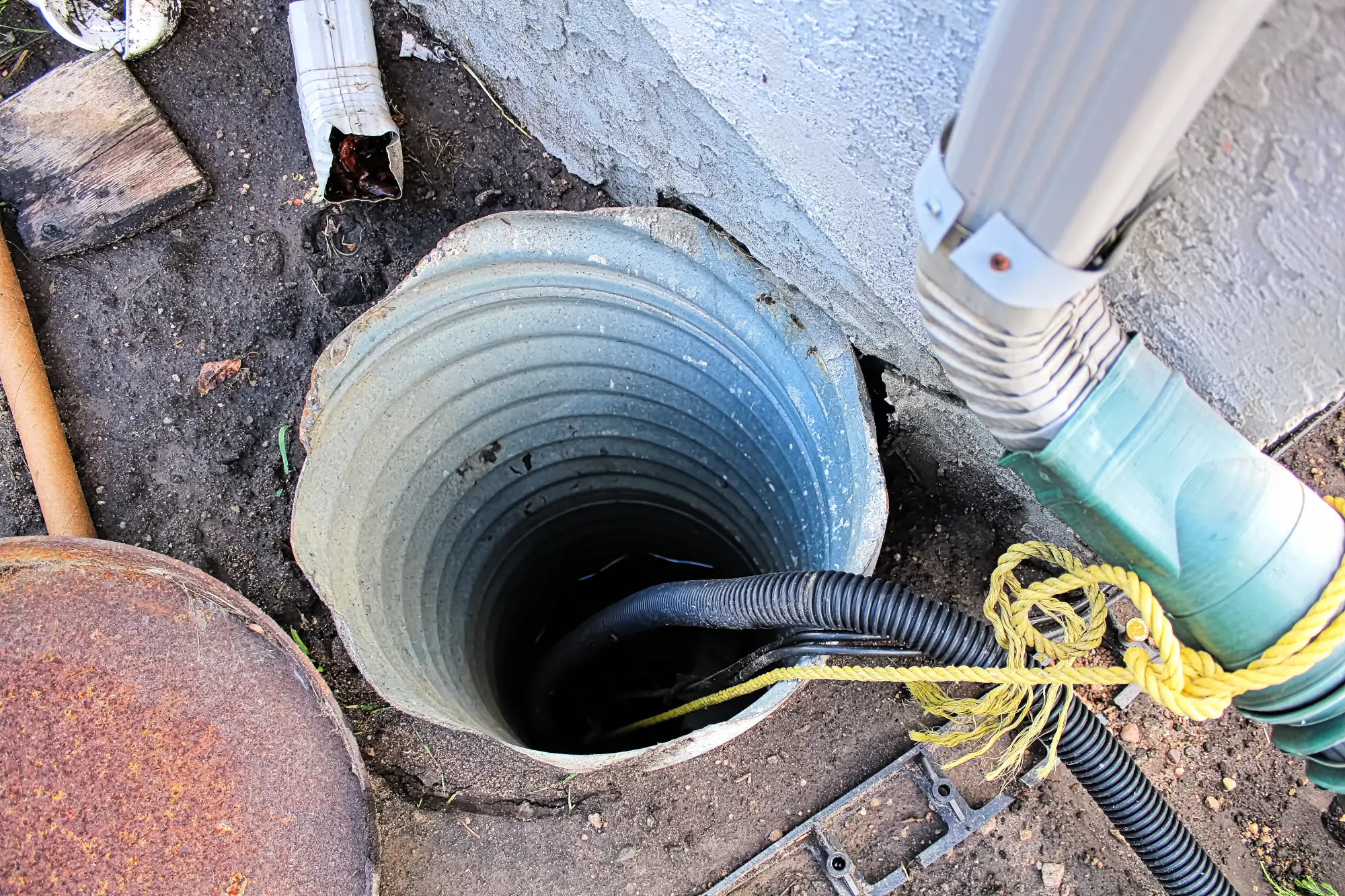Sump Pump Installation in Malverne, NY
Stop Worrying About Basement Flooding
Professional sump pump installation that actually works when storms hit Malverne.

Hear About Us

Basement Protection Malverne NY
You’ll sleep through storms instead of checking your basement every hour. No more moving everything off the floor when heavy rain hits. No more that sinking feeling when you hear water running where it shouldn’t be.
A properly installed basement sump pump system handles what Long Island weather throws at it. Spring thaws, summer storms, hurricane season – your basement stays dry. You can actually use that space for storage, a workshop, or finished living area without constantly worrying about water damage.
The difference is having a system designed for Malverne’s specific conditions. Our sump pump installation accounts for your property’s water table, soil type, and drainage patterns. Not some generic setup that works sometimes.
Sump Pump Installers Malverne
We’ve been solving basement water problems across Long Island for years. We’ve seen every type of foundation, every soil condition, and every flooding scenario Malverne throws at us.
We’re not learning on your property. We know which sump pump systems work in sandy soil and which ones fail when the water table rises. We understand local building codes and pull proper permits.
You’re working with contractors who live here, work here, and have to face you at the grocery store if something goes wrong.

Sump Pump Installation Process
First, we assess your basement’s specific water issues and measure the space. Every basement is different, and cookie-cutter solutions fail. We determine the right pump size, backup power options, and optimal placement.
Next, we excavate the sump pit in the lowest point of your basement floor. This involves breaking concrete, digging to proper depth, and installing the basin that collects water. We handle all the heavy work and clean up the mess.
Then we install your sump pump system, connect the discharge lines, and test everything thoroughly. We make sure water flows away from your foundation properly and won’t freeze in winter. You’ll see exactly how it works before we leave.

Ready to get started?
Explore More Services
About Diamond Masonry & Waterproofing
Get a Free Consultation
Custom Sump Pump Solutions
Your basement sump pump installation includes everything needed for reliable operation. High-quality pump sized for your specific conditions, properly installed basin, discharge piping that won’t freeze or clog, and backup power options for storm outages.
We handle the concrete work, excavation, and cleanup. You don’t need to rent equipment or figure out where to dump broken concrete. We pull permits when required and make sure everything meets local codes.
Most importantly, you get a system designed for Malverne’s water conditions. We’ve installed hundreds of sump pumps across Long Island and know what works long-term versus what fails after the first big storm.

How long does sump pump installation take in Malverne?
What size sump pump do I need for my basement?
Do I need a backup sump pump system?
Where does the water go after the sump pump removes it?
How much does professional sump pump installation cost?
What maintenance does a sump pump system need?
Local Resources
- Google Map Link
- Find the Malverne, NY USPS
- Locate Nearby Malverne, NY Pharmacies
- View the Current Weather in Malverne, NY
- Malverne, NY is located in Nassau county in New York State